a holistic and effective approach to education, combining realism, interactivity, and adaptability to prepare future healthcare professionals for the unique challenges of pediatric care.
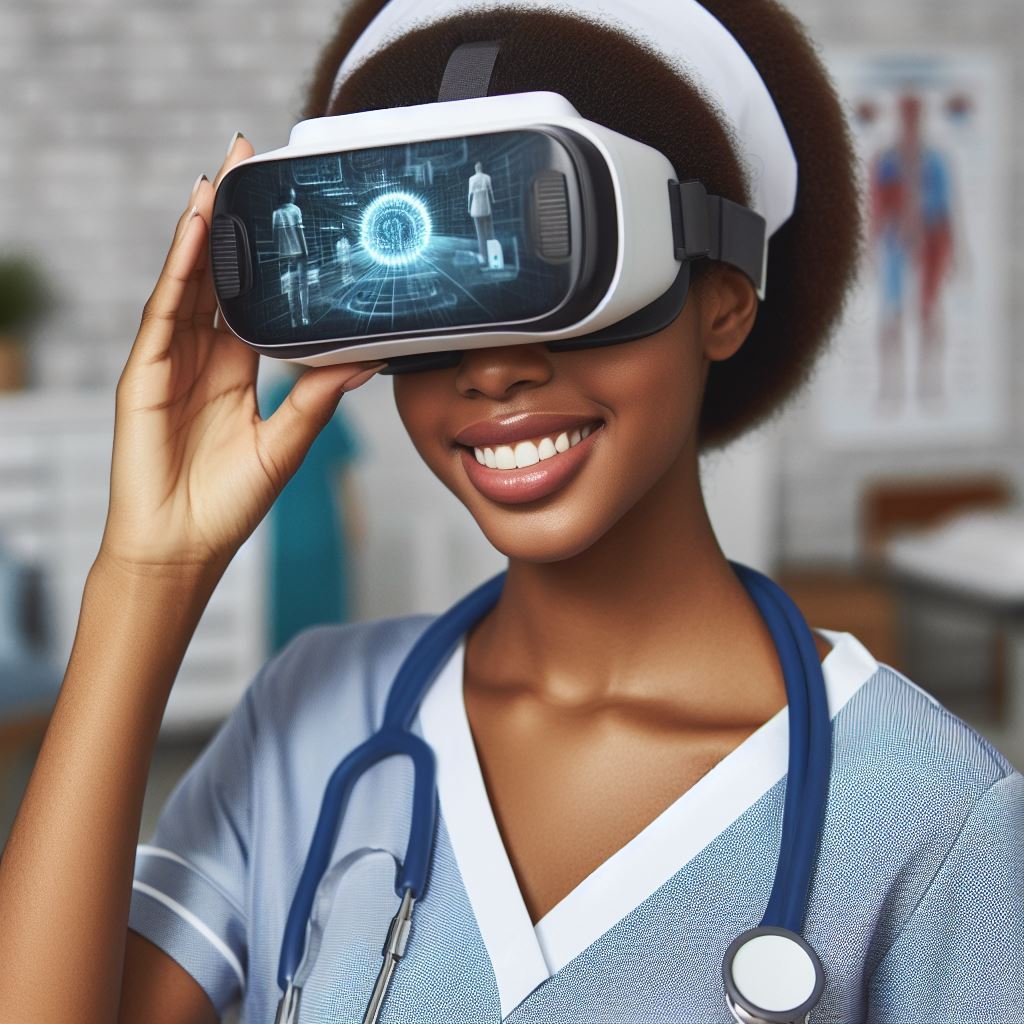
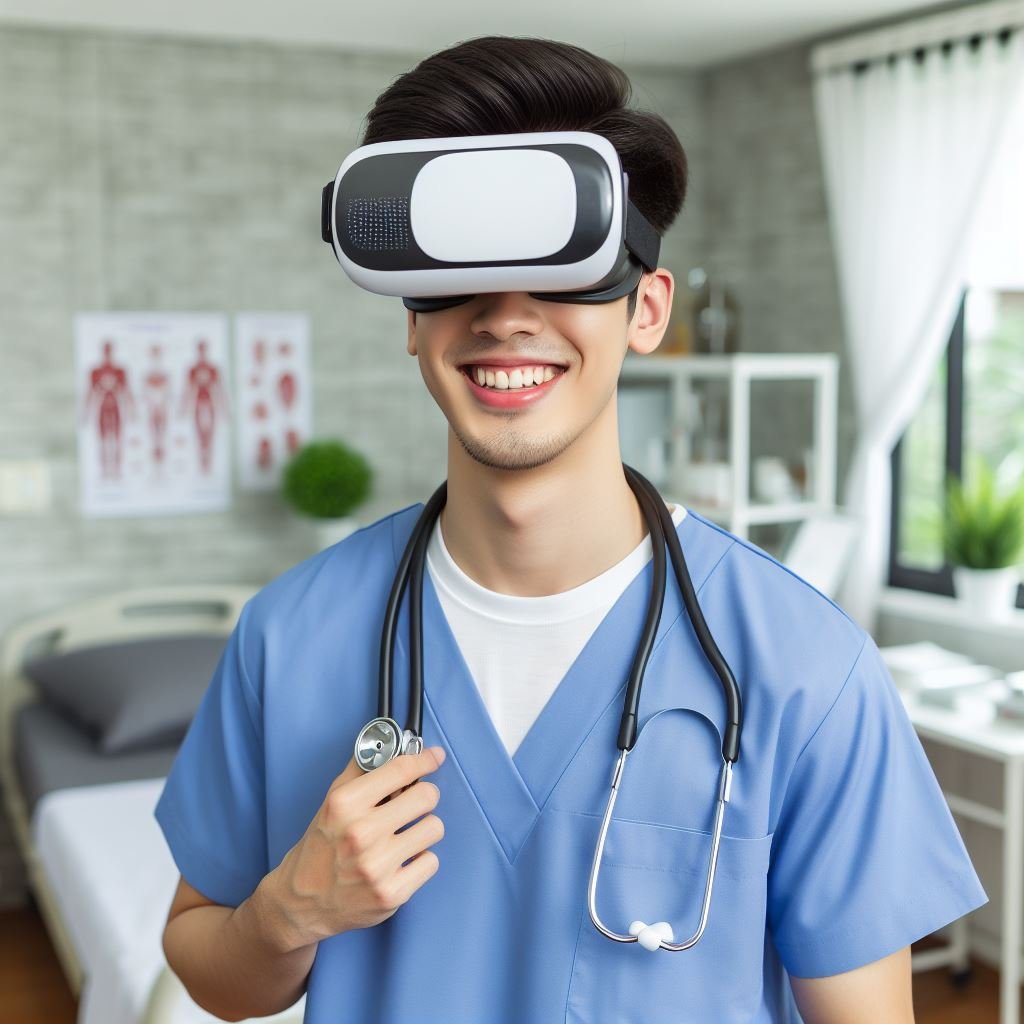
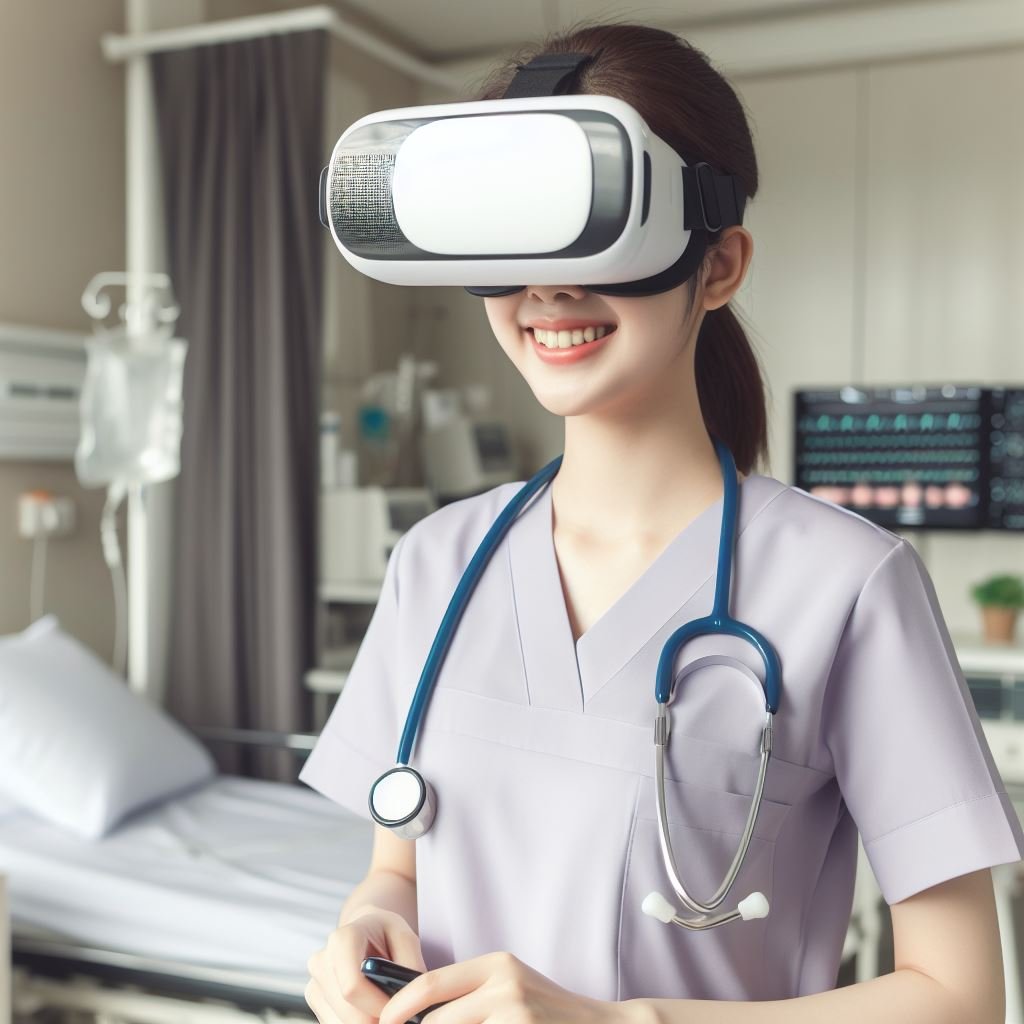
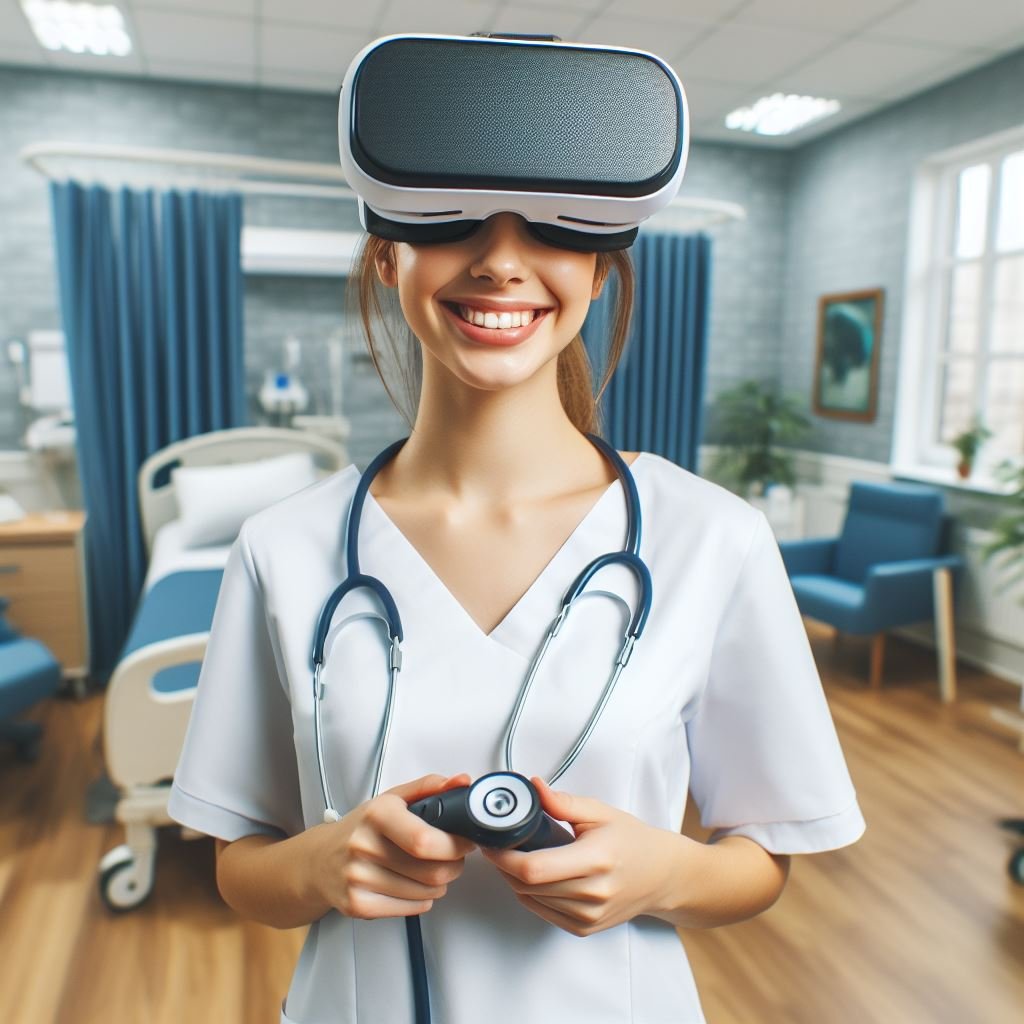
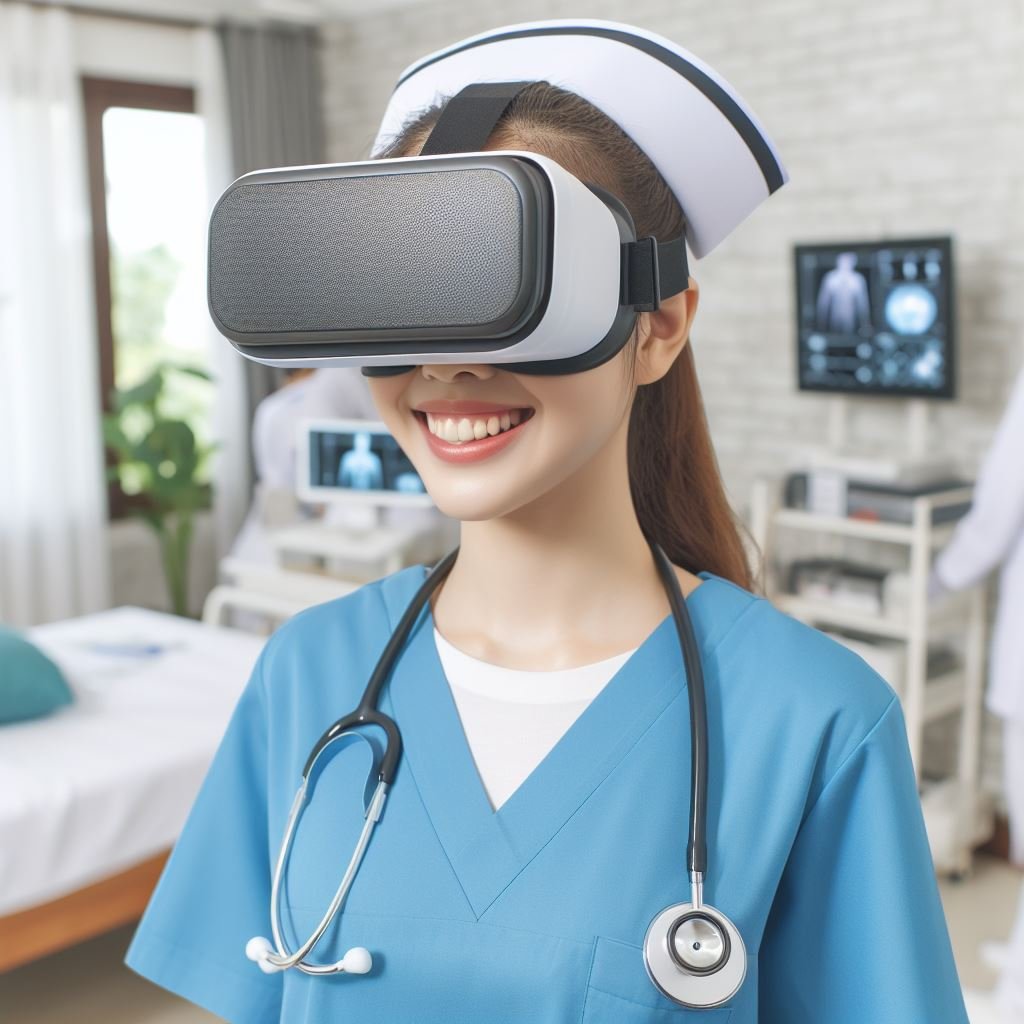
PeDXR an Erasmus+ funded program brings together four Higher Education nursing institutions, an NGO in the field of pediatric nurse care and an experienced IT provider to collaborate on the co-design, development, implementation, and validation of a learning framework (the PeDXR learning framework), for the use of extended reality technologies, in pediatric nursing education in Higher Education, as well as the development and piloting of an Extended Reality Application
Developing the PeDXR learning framework will help ensure that all students receive consistent training and that learning outcomes are standardized across the program. It will, furthermore, be tailored to the needs of specific learners and contexts. The PeDXR learning framework will integrate learning objectives, curriculum, methods, assessments, and a concrete extended reality application.
The expected outcome of the project will be the creation of a high-quality learning tool that incorporates extended reality to optimize pediatric nursing students’ learning outcomes. The project further aims to address the existing challenges of pediatric nursing students in Higher Education.
XR technology, including virtual reality (VR) and augmented reality (AR), allows pediatric nursing students to engage in realistic simulations of various healthcare scenarios involving children. This hands-on experience in a controlled virtual environment helps build their confidence and skills before they work with actual patients.
XR learning frameworks can be designed to focus on patient-centered care, providing students with a more profound understanding of the unique needs and challenges associated with pediatric patients. This emphasis on empathy and understanding contributes to the development of compassionate healthcare professionals.
The XR platform enables the creation of diverse, reoccurring or challenging scenarios that may be or not be readily available in traditional clinical settings. Students can encounter rare medical conditions, emergencies, or complex cases, allowing them to broaden their knowledge and problem-solving skills.
XR learning environments support repetitive practice, enabling students to revisit scenarios and procedures as often as needed. This approach promotes mastery of essential skills and procedures, ensuring that students are well-prepared for real-world pediatric nursing situations.
XR offers an interactive and engaging learning experience, capturing the attention and interest of students. The immersive nature of these technologies encourages active participation, leading to improved retention of information and a deeper understanding of pediatric nursing concepts.
XR simulations provide a safe and risk-free environment for students to make mistakes and learn from them. This aspect is particularly valuable in pediatric nursing, where errors can have critical consequences. By learning in a virtual setting, students can refine their skills without compromising patient safety.
XR learning frameworks can be accessed remotely, offering flexibility for students to engage in learning activities at their own pace. This is especially beneficial for those who may face geographical constraints or scheduling conflicts, providing an inclusive and accessible education.
XR platforms can facilitate collaboration among students from various healthcare disciplines, fostering a multidisciplinary approach to pediatric care. This mirrors the real-world healthcare environment where effective teamwork is crucial for providing comprehensive and integrated patient care.
XR learning frameworks often include data analytics tools that track student performance and provide valuable insights. Educators can assess individual progress, identify areas of improvement, and tailor the learning experience to meet the specific needs of each student.
Integrating XR into pediatric nursing education ensures that students are familiar with and adaptable to emerging technologies in healthcare. This proficiency is increasingly important in a rapidly evolving medical landscape.